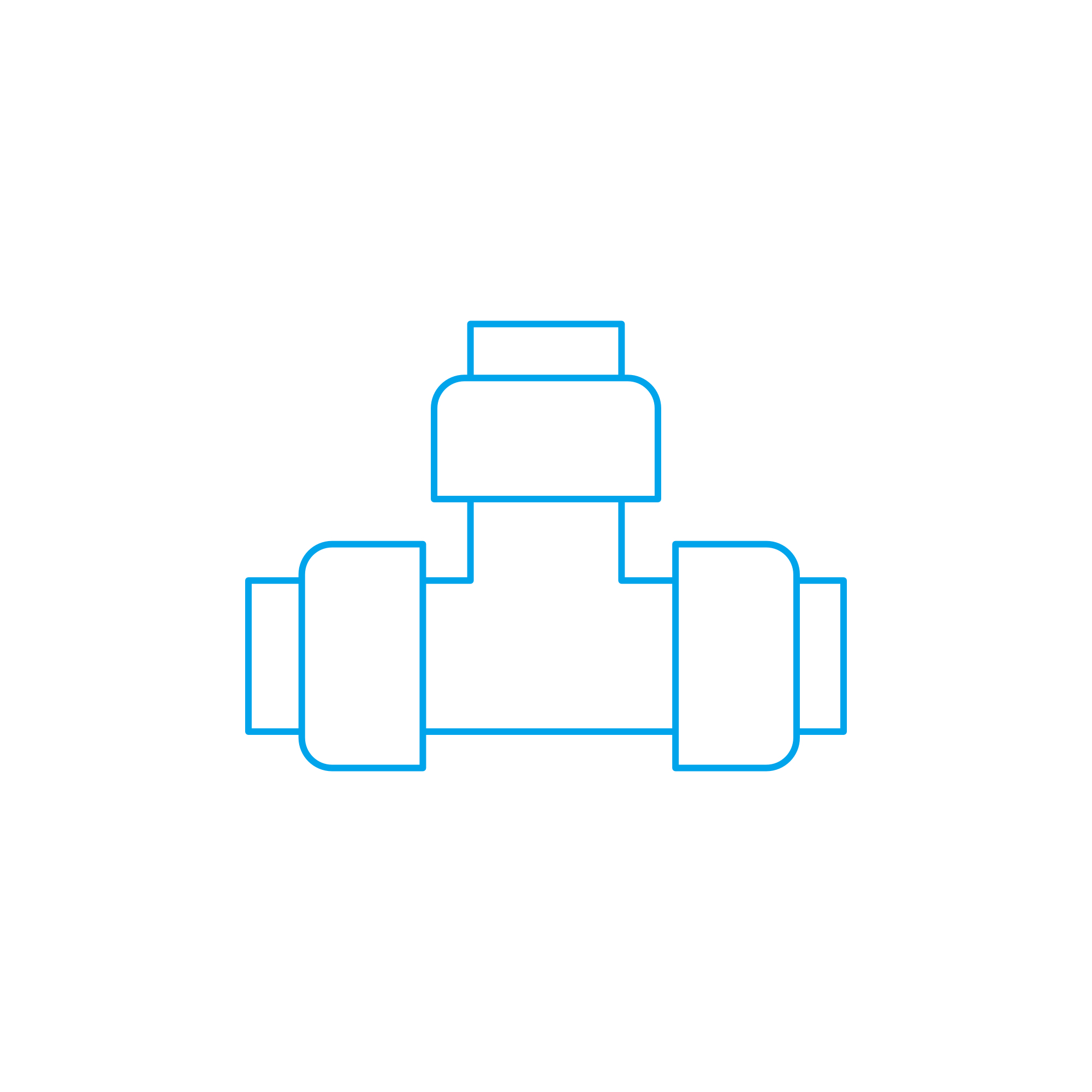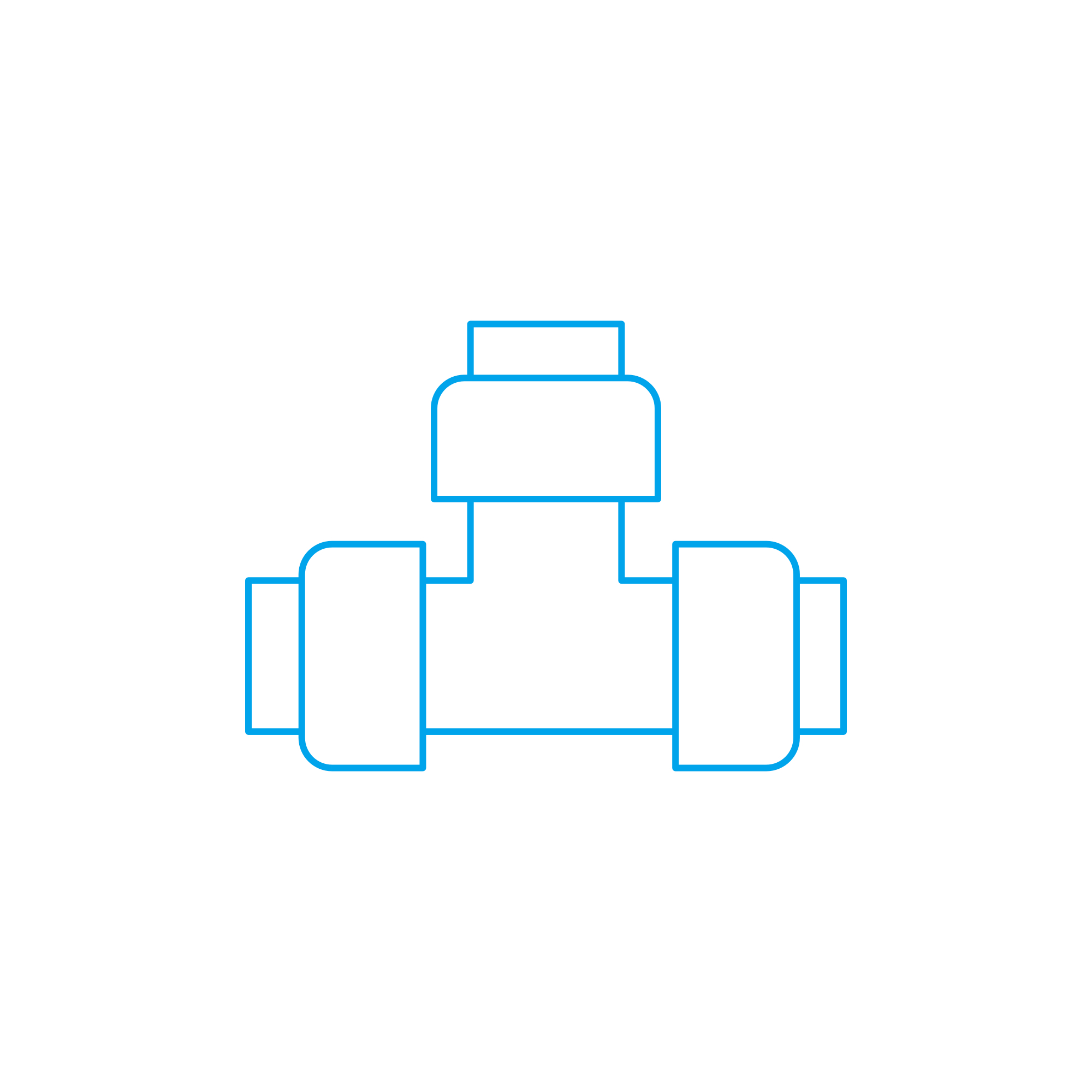SHUT-OFF COCK fittings and armatures for marine and diesel engines
Fittings and armatures are the control elements of an engine’s fluid systems. They include valves, SHUT-OFF COCK assemblies, strainers, pressure regulators, and instrumentation fittings that route fuel, lubricating oil, cooling water, starting air, and exhaust-related media. In both marine engine rooms and stationary power plants, these components make the difference between steady, efficient operation and costly downtime. They enable precise isolation, throttling, and protection of every circuit, ensuring that service tasks can be performed safely and that the engine operates within its designed parameters.
Within this category, the SHUT-OFF COCK is a compact, reliable device for quick isolation of lines under pressure. Combined with other armatures—such as check valves, safety reliefs, and manifolds—it provides the backbone for safe fuel handling, thermal management, and lubrication control. For purchasers and technical decision-makers, selecting the right fittings and armatures is a strategic choice that impacts performance, safety, and lifecycle cost.
Technical function of fittings and armatures with SHUT-OFF COCK in a diesel engine
In a diesel engine or gas engine installation, fittings and armatures form a hierarchy of control points. The SHUT-OFF COCK is typically a quarter-turn plug or ball-type device engineered for rapid isolation of a branch or main line. In a marine engine fuel system, for example, a SHUT-OFF COCK enables swift, unambiguous shut-in during filter changes, leak events, or fire-response procedures. In lube oil circuits, it allows safe maintenance of coolers and separators without draining the entire system. In jacket water or seawater cooling, it isolates heat exchangers to facilitate cleaning and inspection. The result is predictable handling of fluids, reduced spill risk, and minimal air ingress during service.
Technically, a SHUT-OFF COCK for marine engine duty is designed with low operating torque, robust seats (often PTFE or reinforced PTFE), and corrosion-resistant bodies (bronze or stainless steel) to withstand saline atmospheres and cyclic thermal loads. Flow coefficients (Kv/Cv) are matched to the line size to avoid pressure drops that waste pump energy. Lockable handles and clear open/close indication reduce human error. When specified as OEM parts, the interface dimensions and materials align with the engine builder’s standards, ensuring correct fit in manifolds, skids, and piping modules without rework.
Beyond the cock itself, the broader fitting/armature suite includes pressure gauges with snubbers to damp pulsations, strainers to protect injectors and pumps from particulate ingress, and check valves to prevent reverse flow during shutdown. These devices collectively stabilize operating conditions, protect rotating equipment, and support repeatable start/stop sequences.
- · Rapid isolation with quarter-turn actuation.
- · Materials matched to fuel, oil, water, and air service.
- · Low pressure loss for higher system efficiency.
- · Positive open/close indication and lockable handles.
- · Dimensional compatibility with engine manifolds and skids.
- · Corrosion resistance for marine environments.
- · Serviceability that shortens planned maintenance windows.
Materials, interfaces, and standards for SHUT-OFF COCK armatures
For reliability, SHUT-OFF COCK units in a diesel engine typically feature bronze/brass or stainless-steel bodies with PTFE, FKM, or elastomeric sealing suited to the medium’s temperature and chemical profile. Common connections include threaded BSP/NPT for small-bore instrumentation lines and flanged DIN/ANSI for main process lines in PN16–PN40 pressure classes. Where fire risk and classification rules apply, options include fire-safe designs and lockable, tamper-evident actuation. Traceability documents and pressure test records form part of a robust technical dossier, especially important for shipowners and fleet managers who maintain class approval.
Importance for engine operation: reliability and safety with fittings and SHUT-OFF COCK
Fittings and armatures are crucial for keeping engines reliable over long service lives. A worn SHUT-OFF COCK can leak or seize, leading to uncontrolled media transfer, contamination between circuits, pressure instability, or inability to safely isolate a line. In fuel systems, even minor leakage elevates fire risk and accelerates varnish formation; in lube oil circuits it can starve bearings or cause aeration; in cooling systems it can trigger overheating and unplanned shutdowns. Across the plant, a single faulty fitting can inflate OPEX through wasted fluids, increased energy use, and extended maintenance windows.
Conversely, well-specified fittings preserve pump efficiency by minimizing pressure drop, protect downstream components from particulate and hydraulic shock, and sustain expected start-up curves. They also streamline planned maintenance: crews can lock out sections with a SHUT-OFF COCK, swap filters, and return the line to service without purging entire circuits—an operational advantage on vessels where time alongside is limited.
Advantages of OEM spare parts suitable for fittings and armatures and SHUT-OFF COCK
Choosing OEM spare parts suitable for fittings and armatures—especially a SHUT-OFF COCK—delivers measurable benefits to performance, reliability, budget control, and service life. Dimensional fidelity ensures drop-in replacement without adapter pieces or machining. Material consistency preserves corrosion resistance and seal compatibility with fuels (MGO, HFO blends), synthetic or mineral oils, glycol-based coolants, and compressed air. Factory test routines validate pressure integrity and torque, supporting predictable service intervals.
From a budget perspective, OEM spare parts minimize hidden costs: no requalification of threads/flanges, fewer commissioning delays, and lower risk of leakage-related cleanups. For lifecycle management, identical flow paths and seat designs maintain the engine builder’s intended hydraulic balance, protecting pump margins and heat-exchanger performance. Documentation packages—such as pressure test certificates and material traceability—support compliance with class requirements and internal QHSE procedures.
- · Consistent fit in engine manifolds and piping modules.
- · Verified materials and pressure test documentation.
- · Maintained flow and sealing performance over service life.
- · Reduced downtime through predictable replacement.
- · Lower total cost by avoiding rework and requalification.
MOPA as a partner for OEM parts: fittings, armatures, and SHUT-OFF COCK
MOPA is an experienced, reliable partner for OEM spare parts suitable for Fittings and armatures, including every type of SHUT-OFF COCK used on diesel and gas engines. Customers value rapid response, accurate parts identification from engine serials and BOMs, and fast delivery from a streamlined supply chain. MOPA prioritizes quality and security in the trade of OEM parts—covering documentation, traceability, and packaging that withstands marine logistics. Whether you need a SHUT-OFF COCK for marine engine fuel isolation, lube oil service, or cooling water duty, MOPA helps you specify, source, and receive the correct item with confidence.
Conclusion: SHUT-OFF COCK fittings and armatures that keep engines running
Fittings and armatures—anchored by the SHUT-OFF COCK—are indispensable to safe, efficient operation of marine and diesel engines. Correct selection and timely replacement protect performance and extend service life across fuel, oil, cooling, and air systems.
OEM spare parts suitable for fittings and armatures ensure precise fit, proven materials, and reliable sealing—advantages that translate into fewer stoppages, stable operation, and predictable maintenance budgets.




